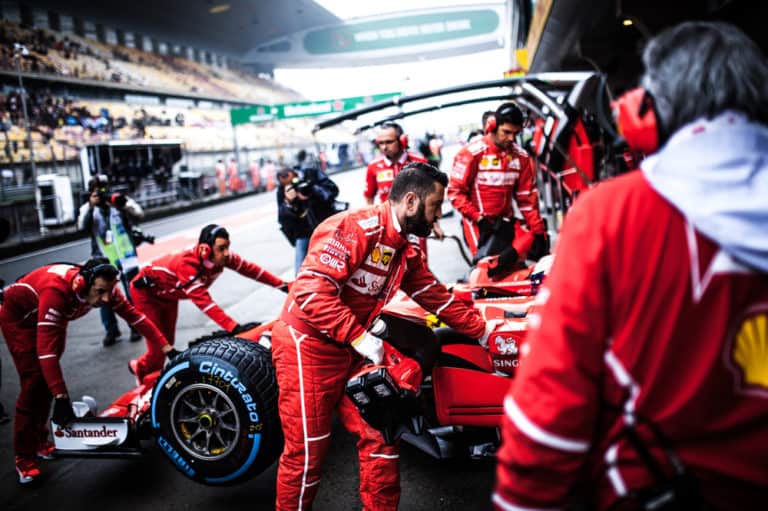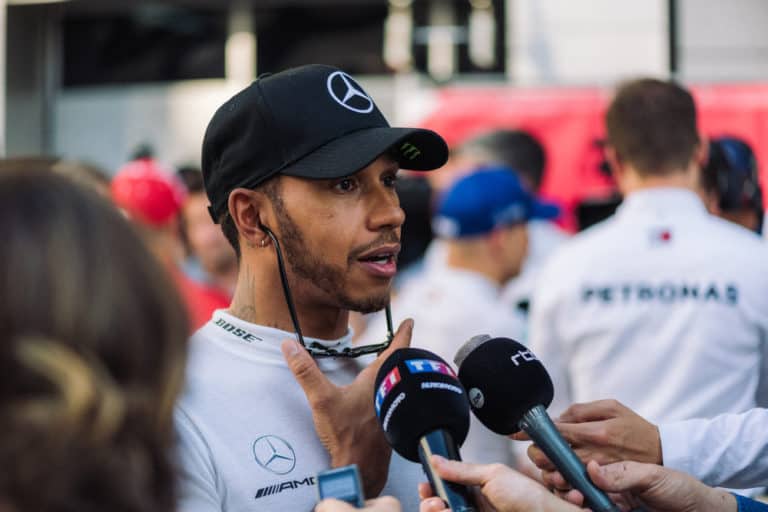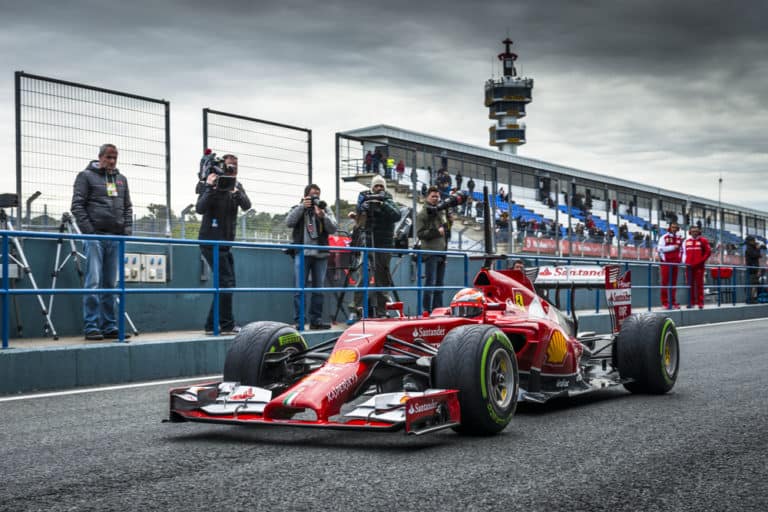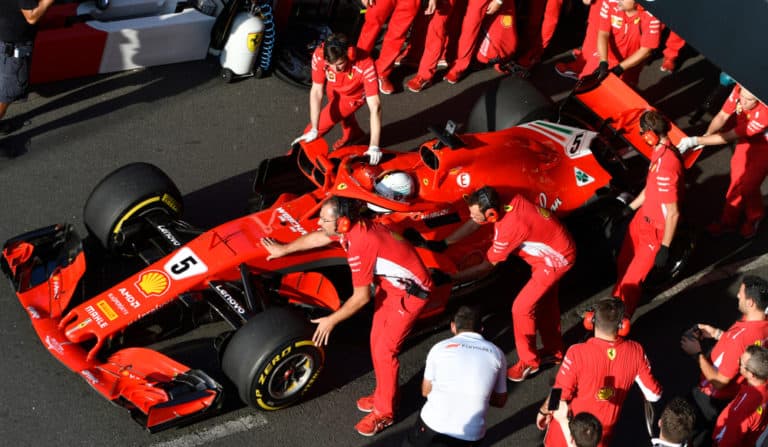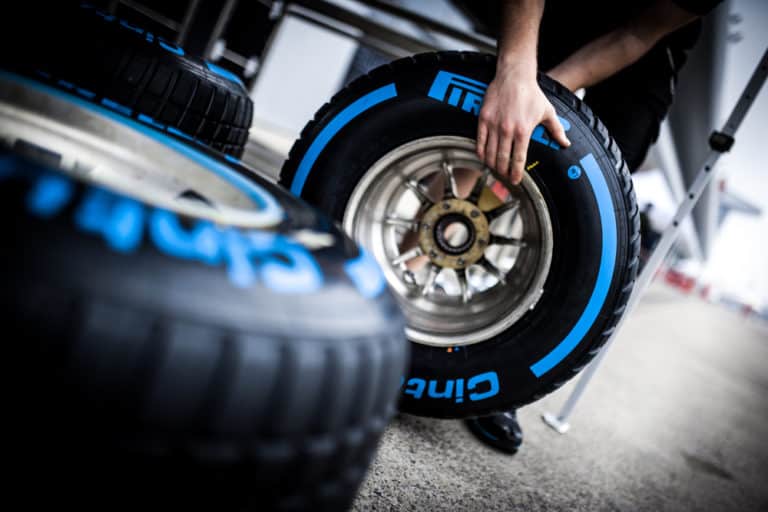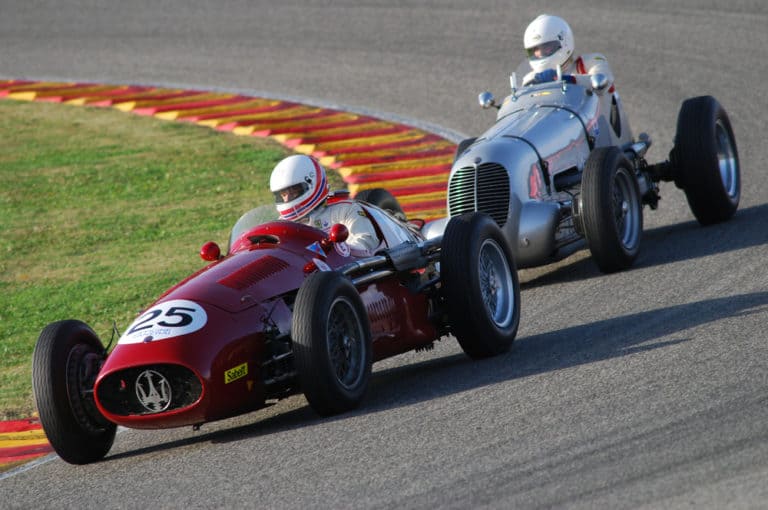Editorial credit: cristiano barni / Shutterstock.com
Formula 1 is one of the most extreme sports, where every little detail counts towards victory. Sometimes, the difference between winning and losing is based on thousandths of seconds and tiny margins in both the race and the championship, but can there be a tie in Formula 1?
In Formula 1, there cannot be a tie in a race or the championship. In a race, it is nearly impossible for two drivers to finish at the same time, and in the championship, if two drivers finish with the same points, there is a countback of who has more wins and second places, and so on.
Formula 1 has precise systems to measure car differences, making a tie almost impossible. In the championship, it also has mechanisms to avoid this. Without further ado, let’s delve into the subject.
Can An F1 Race End In A Tie?
A Formula 1 race cannot end in a tie. Formula 1 measurement systems are highly accurate, so they can measure the smallest differences between cars, even if they seemingly end in a tie.
The measurement systems can calculate distances as small as 0.0001 seconds, which is very accurate. However, if two cars hypothetically finish at precisely the same time, the winner will be the one with the fastest lap.
The closest finish in history was at the 1971 Italian Grand Prix when Peter Gethin crossed the finish line just 0.01 seconds ahead of Ronnie Peterson.
This was followed by the 2002 United States Grand Prix, when Michael Schumacher, who had already won the championship with several races to go, led the entire race and, before crossing the finish line, slowed down to allow teammate Rubens Barrichello to catch him for the closest finish in history.
Not only did they fail to do so, but in the end, Barrichello crossed the finish line ahead of the German by 0.011 seconds.
Here is a list of the 10 closest finishes in F1 history.
The Closest Finishes In Formula 1 History
- 1971 Italian GP – Peter Gethin vs. Ronnie Peterson (0.01 seconds)
- 2002 United States GP – Rubens Barrichello vs. Michael Schumacher (0.011 seconds)
- 1986 Spanish GP – Ayrton Senna vs. Nigel Mansell (0.014 seconds)
- 1982 Austrian GP – Elio de Angelis vs. Keke Rosberg (0.05 seconds)
- 1969 Italian GP – Jackie Stewart vs. Jochen Rindt (0.08 seconds)
- 1961 French GP – Giancarlo Baghetti vs. Dan Gurney (0.1 seconds)
- 1954 French GP – Juan Manuel Fangio vs. Karl Kling (0.1 seconds)
- 2000 Canadian GP – Michael Schumacher vs. Rubens Barrichello (0.174 seconds)
- 2002 Austrian GP – Michael Schumacher vs. Rubens Barrichello (0.182 seconds)
- 1967 Italian GP – John Surtees vs. Jack Brabham (0.2 seconds)
What Happens If Two F1 Drivers Get The Same Qualifying Lap?
Although two drivers cannot finish tied in a race (it is extremely difficult), they can set the same lap time in free practice, qualifying, or the race, although it is also pretty tricky. If two drivers set the same lap time in qualifying, the driver who set the lap first will start in front on Sunday.
In the history of Formula 1, there has been only one occasion when there has been a tie in qualifying, and in fact, it was not two but three drivers who achieved the same lap time.
This happened at the 1997 season finale, the European Grand Prix, held at the Jerez circuit in Spain, where Michael Schumacher and Jacques Villeneuve fought for the title.
In qualifying, Villeneuve set a 1:21.072, taking the provisional pole position. A few minutes later, Schumacher set the same time, and after him, Villeneuve’s teammate Heinz-Harald Frentzen surprisingly set the same time. The grid was configured in the order of when the times were set, with Villeneuve on the pole, followed by Schumacher and Frentzen.
What Happens When Two F1 Drivers Are Tied In A Championship?
If two drivers finish with the same points at the end of a championship, the FIA will review who has more wins, more second places, third places, and so on, and then the number of fastest laps and who led more races.
In the unlikely event that two drivers are still tied, the times of the drivers in free practice will be looked at. Therefore, with this system, two drivers can’t finish tied at the end of the championship, even if they have scored the same points.
In fact, in history, no two drivers fighting for the championship have ever finished with the same points, so it has not yet been used.
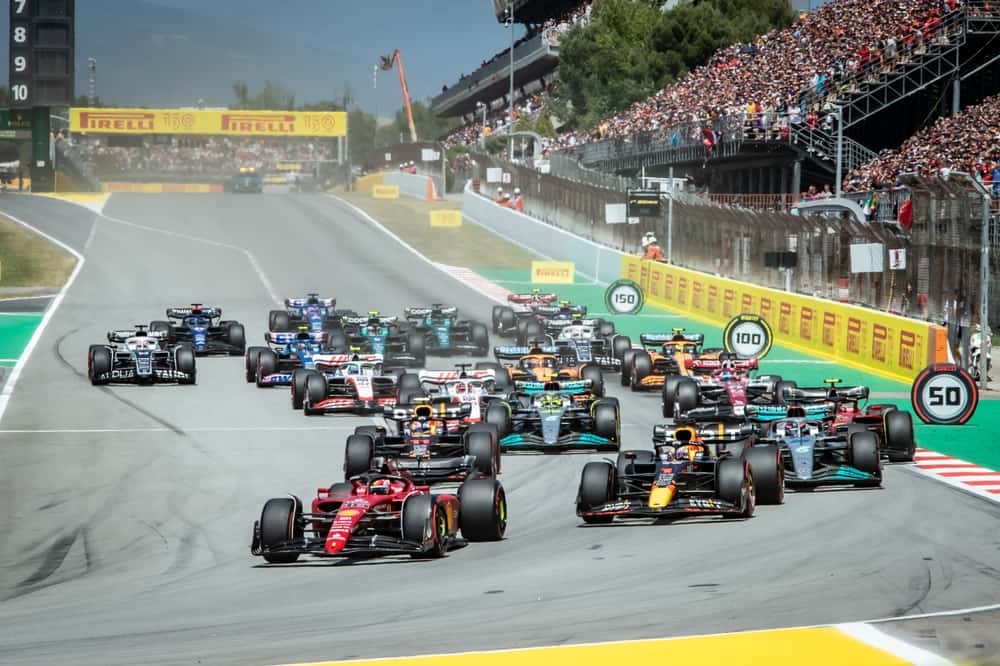
When Has The F1 Championship Been Tied?
Although no two drivers fighting for the championship have ever finished tied, there have been occasions when drivers and teams have been tied after several races. There has only been one occasion when the constructors’ and drivers’ championships were tied after one race.
This happened in 1980 when, after four races, René Arnoux and Nelson Piquet were tied on 18 points, as were their teams, Renault and Brabham, as these were the same points they had achieved.
In total, the championship lead has been tied 39 times. Some recent examples are the 2006 Chinese Grand Prix when Michael Schumacher and Fernando Alonso were tied, and the 2017 Chinese Grand Prix, when Sebastian Vettel and Lewis Hamilton were tied.
The most interesting case in recent times was in 2021 when Lewis Hamilton and Max Verstappen reached the last round of the championship, the Abu Dhabi Grand Prix, with the same points, 369.5. In the end, the Dutchman won the last race and took the title after one of the most controversial finishes in history.
Conclusion
In Formula 1, there can’t be a tie. It is almost impossible for two cars to finish simultaneously, and the FIA’s measurement systems are very precise, so it cannot happen.
In addition, if two drivers finish with the same points in the championship, the FIA will review the best results of each driver to determine the winner.
References
- https://www.lightsoutblog.com/2023/02/03/f1-championship-ties/
- https://www.quora.com/What-happens-in-Formula-1-if-there-are-two-champions-same-amount-of-points-at-the-end-of-the-season
- https://www.carthrottle.com/post/y8e7l6j/
- https://pitlanemotor.com/2019/10/30/el-dia-en-que-michael-schumacher-quiso-empatar-y-perdio-la-carrera/
- https://flowracers.com/blog/can-f1-be-a-draw/

